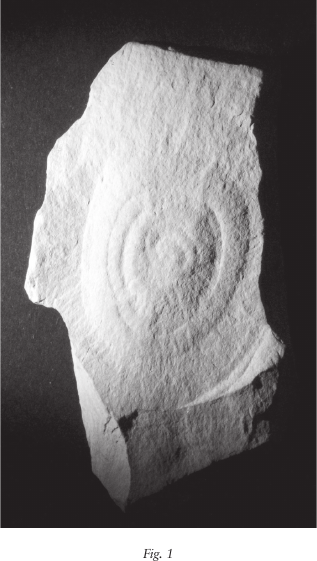“Mehr Licht!” Anschauung and Its Fading Role in Morphology
Herbsttagung «Evolving Morphology»
Elemente der Naturwissenschaft
108,
2018,
P.
22-37 |
DOI:
10.18756/edn.108.22
Article | Language: English | €6.00
Export Article Citation as
- Plain text
- BibTeX
- RIS format
- Download price : € 6.00
Abstract:
Anschauung is the key to observing and understanding morphology, yet it has been deemed by 21st century biology to be an outdated and subjective practice. One field suffering this fate is taxonomy, which is becoming irrelevant within an increasingly non-comparative, model-based and technology-driven biology. Are we unwittingly removing human observation, and ourselves, from the study of morphology? By returning to Goethe’s way of science we regain the fundamental principles that underpin comparative biology and our connection to morphology.
